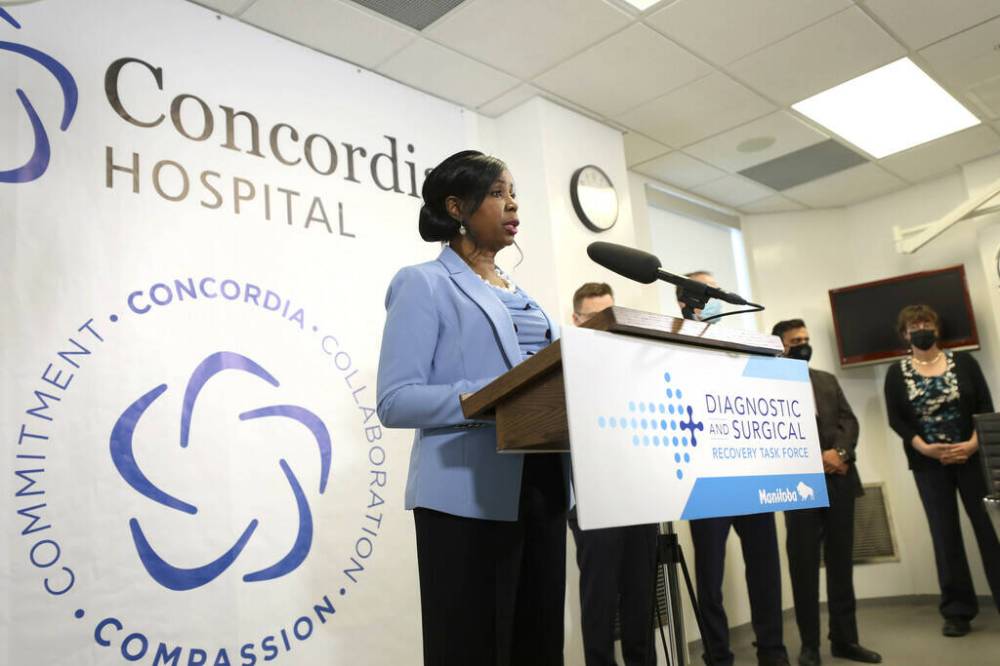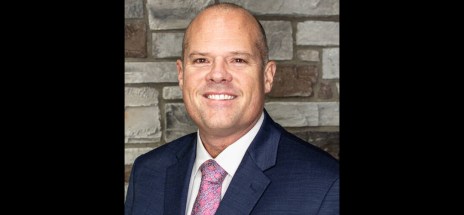No task force finish line without baselines
Read this article for free:
or
Already have an account? Log in here »
To continue reading, please subscribe:
Monthly Digital Subscription
$0 for the first 4 weeks*
- Enjoy unlimited reading on winnipegfreepress.com
- Read the E-Edition, our digital replica newspaper
- Access News Break, our award-winning app
- Play interactive puzzles
*No charge for 4 weeks then price increases to the regular rate of $19.00 plus GST every four weeks. Offer available to new and qualified returning subscribers only. Cancel any time.
Monthly Digital Subscription
$4.75/week*
- Enjoy unlimited reading on winnipegfreepress.com
- Read the E-Edition, our digital replica newspaper
- Access News Break, our award-winning app
- Play interactive puzzles
*Billed as $19 plus GST every four weeks. Cancel any time.
To continue reading, please subscribe:
Add Free Press access to your Brandon Sun subscription for only an additional
$1 for the first 4 weeks*
*Your next subscription payment will increase by $1.00 and you will be charged $16.99 plus GST for four weeks. After four weeks, your payment will increase to $23.99 plus GST every four weeks.
Read unlimited articles for free today:
or
Already have an account? Log in here »
Hey there, time traveller!
This article was published 31/03/2022 (1351 days ago), so information in it may no longer be current.
The first thing Manitoba should have done when setting up a task force to reduce health-care wait times was establish baselines that show how long patients are currently waiting for procedures.
Progress can’t be measured without a starting point.
The second thing the province should have done was set targets, using national standards, on where it expects wait times to be in six months, a year, and in two years.
Health minister announces added capacity to shrink massive wait lists
Posted:
A plan by the Progressive Conservative government to double surgical slates this summer has triggered labour concerns as Manitoba nurses brace for cancelled vacations and mandated overtime.
The public doesn’t expect perfection when it comes to reducing the current massive backlog of surgeries and medical tests created during the COVID-19 pandemic but it does want measurable results over time.
Manitoba’s diagnostic and surgical wait time task force — created in December by Health Minister Audrey Gordon, and gave its second in-person public update Wednesday — is not doing any of those things.
Instead, it has allowed an outside organization – Doctors Manitoba, which represents the province’s physicians – to set the standard by publishing monthly “backlog” reports.
Doctors Manitoba uses a variety of metrics, which include comparing pre-pandemic volumes of procedures with existing ones, data from physicians, government wait list information, and other “adjustments.”
It doesn’t measure wait times. It attempts to gauge the impact the pandemic has had on missed or cancelled procedures. It’s an imperfect measurement.
Doctors Manitoba acknowledges its backlog estimates likely include patients who, for a variety of reasons, no longer require treatment or testing (some may have died or sought alternative procedures). The organization is updating its methodology to provide more meaningful data.
It (Doctors Manitoba) doesn’t measure wait times. It attempts to gauge the impact the pandemic has had on missed or cancelled procedures. It’s an imperfect measurement.
In the meantime, the government task force has not published any wait time information of its own. Task force leaders say the main reason is they don’t have enough reliable data. They’re working with Doctors Manitoba to find common ground on how wait times or backlogs should be measured.
“We’re trying to verify their numbers versus our numbers and having our analysts talk to their analysts,” said Dr. Peter MacDonald, task force chairman. “We don’t agree 100 per cent (with Doctors Manitoba’s numbers), but we both acknowledge that there’s pitfalls in the methodology on both sides.”
MacDonald said the task force is focused on getting wait times back to pre-pandemic levels. Trouble is, it hasn’t identified what those levels are. It hasn’t provided any statistics on where wait times are now, what they were prior to the COVID-19 pandemic or where it expects them to be in the future.

Gordon promised over two months ago progress would be tracked through an online dashboard. So far, that hasn’t materialized.
Meanwhile, there’s plenty of reliable data the task force could use to publish its own wait time statistics. Manitoba Health compiles information on wait times for most common procedures such as hip and knee, cataract, and cardiac surgery, as well as for diagnostic tests, including MRIs, CT scans, and ultrasounds. Much of the estimates published by Doctors Manitoba draw from those statistics.
Manitoba Health data show the median wait time for hip replacement surgery in Winnipeg, for example, was 24 weeks in January, down from 27 in December, but higher than it was a year earlier (14 weeks).
When pressed further Wednesday, task force officials did acknowledge reliable wait time data does exist for most common surgeries and tests. They’re not available for all procedures because not all of them are part of a centralized intake system.
“We can tell you exactly who’s on a wait list and how long they’ve been waiting for cardiac, for hip and knee, etc… But I can’t tell you that for liver surgery. I can’t tell you that for lung cancer…” – Dr. Ed Buchel
“We can tell you exactly who’s on a wait list and how long they’ve been waiting for cardiac, for hip and knee, etc,” said Dr. Ed Buchel, task force provincial specialty lead for surgery. “But I can’t tell you that for liver surgery. I can’t tell you that for lung cancer…”
Instead of publishing the data it does have access to, the task force is publishing nothing.
Members said the development of a new wait time information management system will provide more accurate and comprehensive data for all wait times. However, that won’t be available until late summer at the earliest, and possibly not until the end of the year.
“We are not trying to hide anything,” said Buchel.
By not publishing any data, it sure feels like they are.
tom.brodbeck@freepress.mb.ca



Tom has been covering Manitoba politics since the early 1990s and joined the Winnipeg Free Press news team in 2019.
Our newsroom depends on a growing audience of readers to power our journalism. If you are not a paid reader, please consider becoming a subscriber.
Our newsroom depends on its audience of readers to power our journalism. Thank you for your support.











